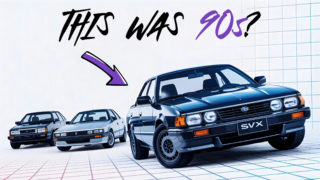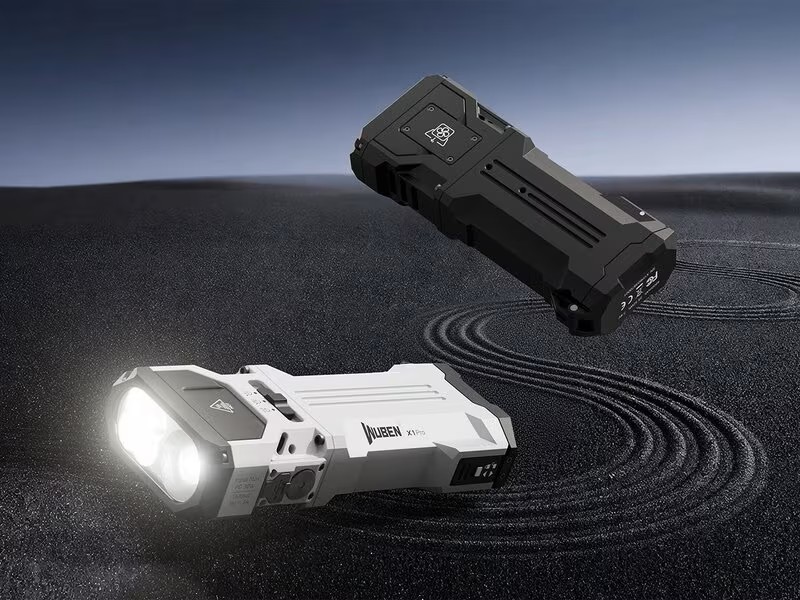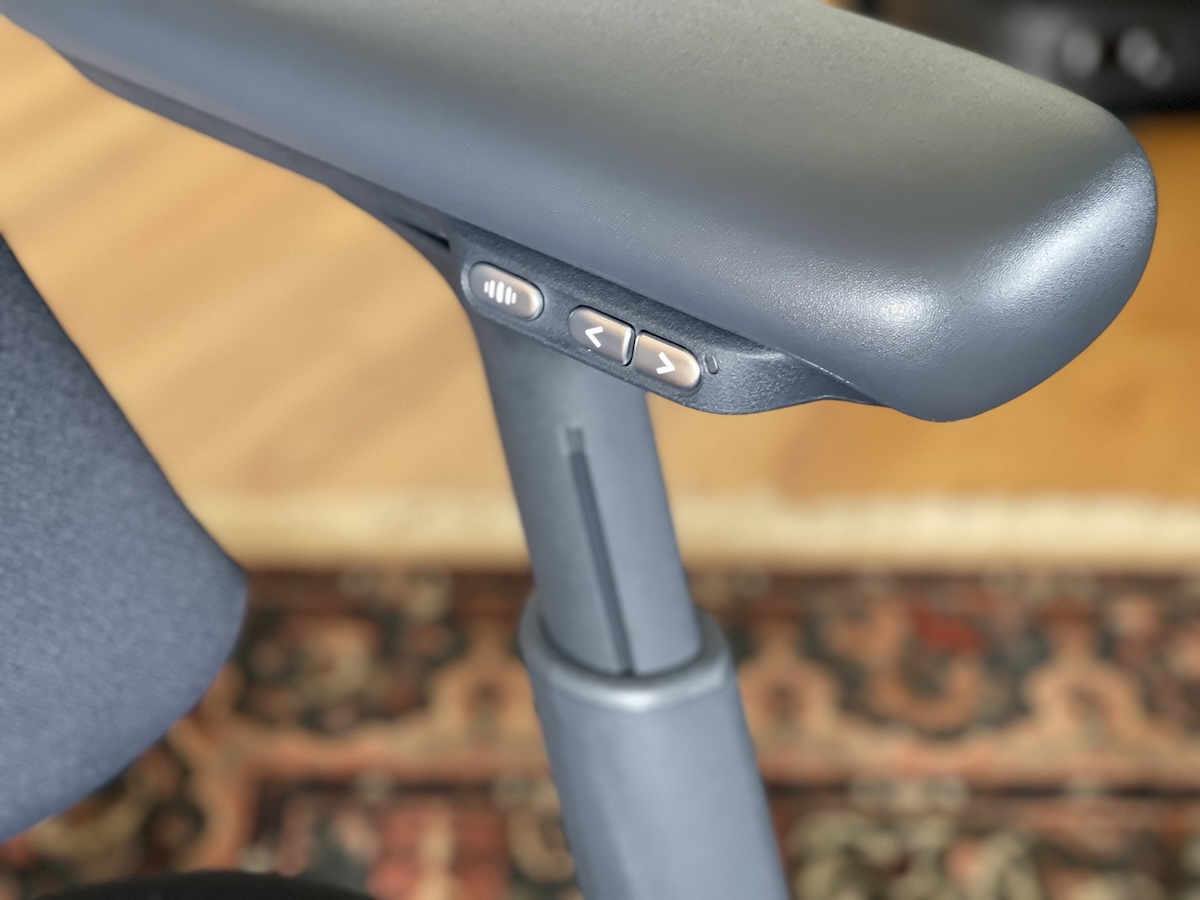Remember when cars weren’t just soulless transportation pods? Before everything became an indistinguishable blob of aerodynamic efficiency and driver assists, automobiles had character. The automotive landscape was once filled with quirky features that defined their eras and reflected their era’s technological ambitions.
These mechanical time capsules tell us more about ourselves than any focus group feedback ever could. Like scrolling through vintage Instagram filters, these automotive oddities reveal both ingenious problem-solving and questionable fashion choices. Ready for a tour through automotive history’s most fascinating dead ends? Buckle up—though your seatbelt might be automatic.
22. Vinyl Roofs: The Original Automotive Combover

Vinyl roofs wrapped cars in synthetic toupees that transformed hardtops into convertible impersonators. This styling trend emerged in the 1920s when manufacturers attempted to mimic the prestigious appearance of convertible carriages without the structural compromises or expense.
The fatal flaw in this cosmetic enhancement became apparent quickly. Vinyl trapped moisture against metal, creating perfect breeding grounds for rust. By the 1980s, these high-maintenance coverings had fallen from fashion, replaced by more durable paint finishes and sunroofs that actually offered functionality. Today’s panoramic glass roofs provide the openness people actually wanted.
21. Automatic Seat Belts: Safety With A Side Of Strangulation

Automatic seat belts attempted to solve driver non-compliance through engineering. These motorized restraints would glide across your torso when you entered the vehicle, creating a theatrical safety experience that felt like being embraced by an enthusiastic robot.
Their fundamental design flaw became immediately apparent—they secured your upper body while leaving your lap unprotected. Many drivers simply ducked under the shoulder portion, rendering the entire system useless. Airbags and improved manual belt designs eventually sent these automated contraptions to the automotive retirement home. They remain perfect examples of how engineering around human laziness sometimes creates more problems than it solves.
20. T-Tops: Convertibles For Commitment-Phobes
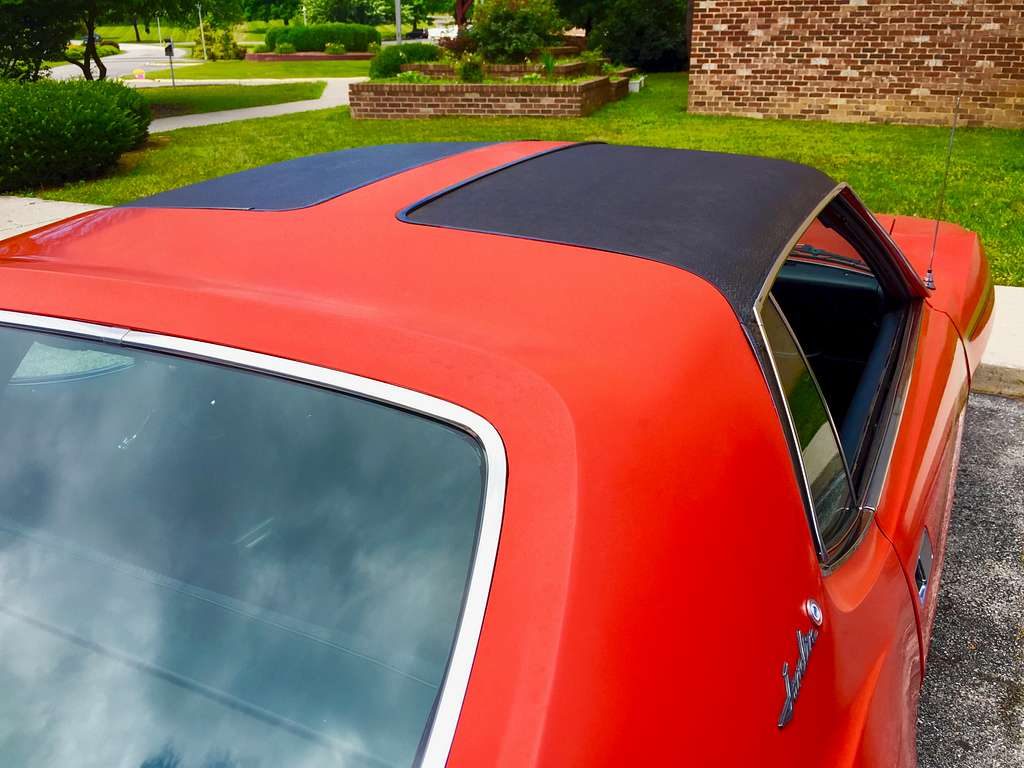
T-tops split the difference between coupes and convertibles like someone who can’t decide between pizza toppings. These removable roof panels, separated by a central structural beam that created the namesake “T” shape, offered open-air excitement without sacrificing structural integrity.
The 1968 Corvette popularized this feature, which soon spread to Camaros, Firebirds, and other sports models. Despite their popularity, T-tops leaked water constantly, created wind noise loud enough to drown out conversation, and left owners with bulky panels to store when removed. As engineering advanced, fully retractable hardtops eventually rendered these halfway solutions obsolete.
19. Eight Track Tapes: Music By The Chunk

Eight-track tapes brought personalized soundtracks to road trips with surprising unreliability. These cartridges, introduced in 1964 by Bill Lear, offered 80 minutes of uninterrupted music divided into four stereo programs—revolutionary in an era when radio DJs controlled your listening destiny.
The fatal design flaws revealed themselves quickly. Tapes jammed constantly, sound quality deteriorated faster than TikTok trends, and the format’s inability to rewind made finding specific songs nearly impossible. Cassettes quickly rendered them obsolete, offering smaller size and better functionality. Today’s streaming services provide instant access to virtually any song ever recorded, making eight-tracks seem as primitive as stone tablets.
18. White Wall Tires: When Rubber Dressed For Dinner

White wall tires added a flash of brightness below vehicle bodywork like sneakers with the latest drop. These distinctive tires emerged in 1914, when manufacturers realized they could transform ordinary rubber into fashion statements by leaving portions of the zinc oxide-whitened sidewalls exposed when adding carbon black for durability.
The pristine appearance came with a maintenance regimen that would exhaust even the most dedicated influencer. Eventually, automotive fashion shifted toward all-black tires that offered the same performance without the upkeep requirements. Today’s performance tire sidewalls feature size specifications and construction details rather than decorative elements, showing how automotive priorities have shifted from appearance to technical specification.
17. Curb Feelers: Whiskers For Your Wheels
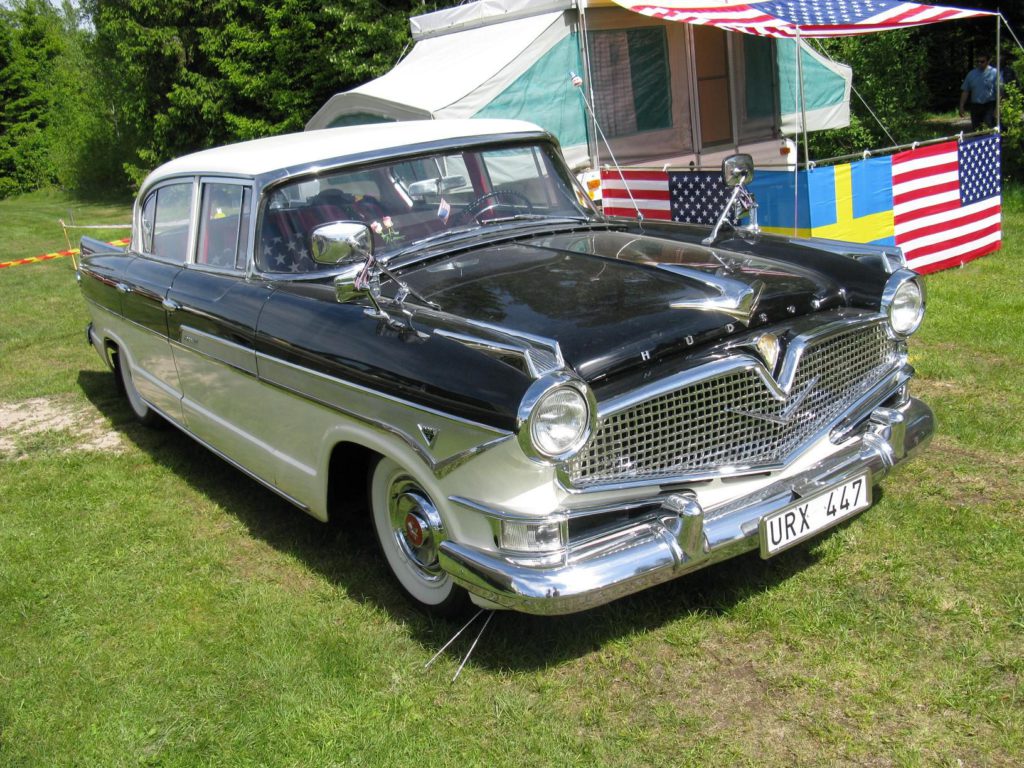
Curb feelers provided cars with mechanical whiskers that prevented expensive wheel damage with surprising effectiveness. These spring-loaded metal rods attached to fenders near the wheels, extending outward to detect curb proximity during parallel parking maneuvers.
When the metal feelers contacted the curb, they produced a distinctive scraping sound that alerted drivers before causing actual damage. Modern parking sensors and cameras have rendered these mechanical assistants obsolete, providing distance information without the distinctive scraping soundtrack. Today’s drivers rely on beeping alerts and digital displays, proving that sometimes progress means losing the tactile connections that once made driving truly multi-sensory.
16. Rear Hinge Doors: Elegance With A Side Of Danger
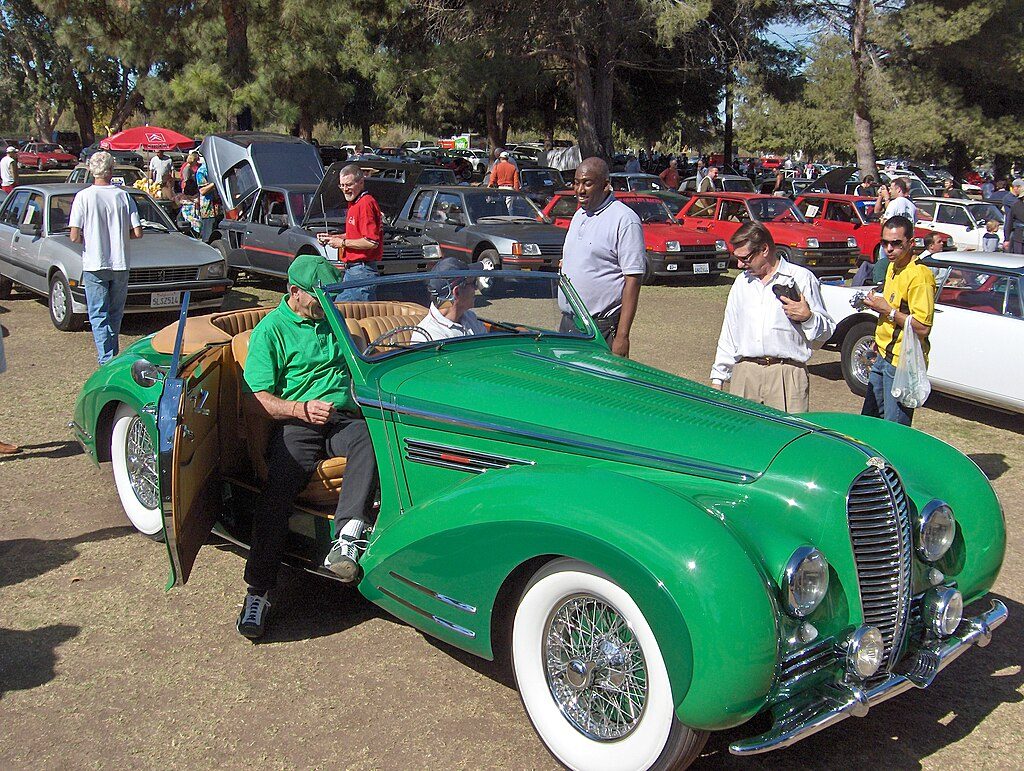
Rear-hinged doors swung open from the front edge like welcoming arms, creating graceful entry and exit experiences. These doors, inspired by horse-drawn carriages, allowed passengers to enter and exit with unprecedented elegance, particularly important for formal occasions during the early automotive era.
The fundamental safety flaw became apparent at speed. If these doors opened while the vehicle was moving, passing air would catch them like sails, forcing them wider and potentially ejecting passengers. Most manufacturers abandoned rear-hinged doors by the mid-20th century, though they occasionally reappear on luxury vehicles with added safety latches. Their evolution demonstrates how automotive design constantly balances aesthetic ideals against practical safety considerations.
15. Bench Seats: When Three’s Company, Not A Crowd
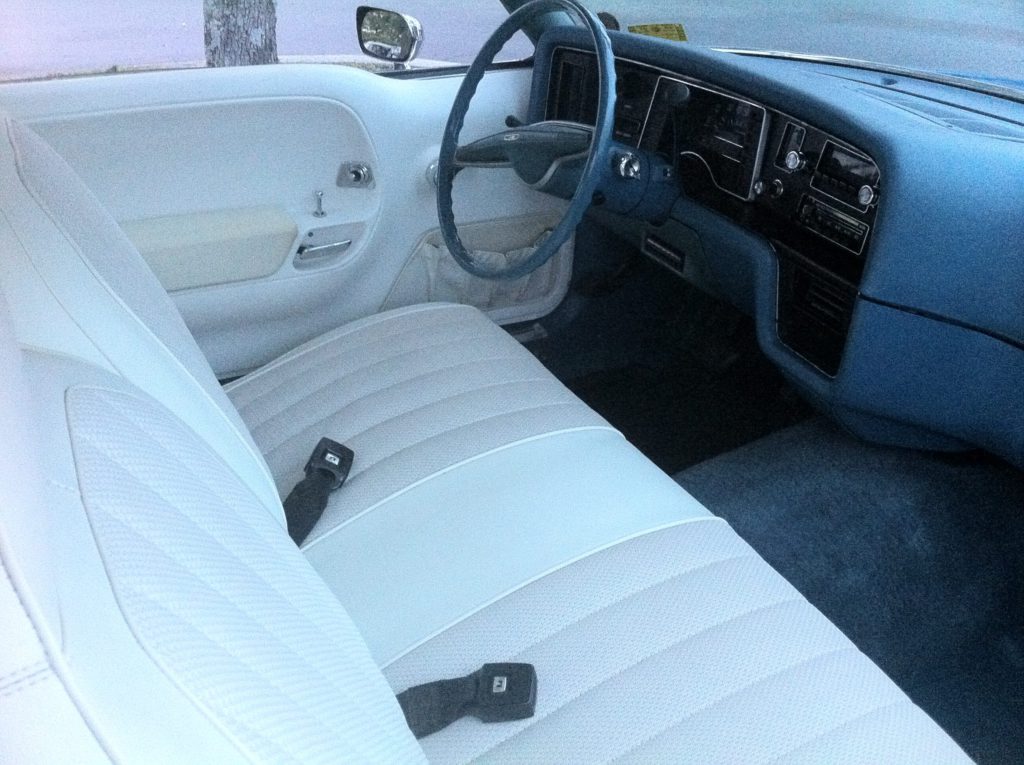
Before cars became mobile phone holders with engines attached, bench seats transformed front cabins into social spaces. These broad, flat seating surfaces accommodated entire families in a single row, creating a communal experience that’s utterly foreign to today’s drivers.
Their demise came quickly. Safety standards exposed their fundamental flaws—turns out sliding across vinyl during emergency maneuvers isn’t ideal for occupant protection. Automakers replaced them with bucket seats offering superior lateral support and individual safety features. The bench seat survives today only in distant memories and some trucks, a reminder of when car interiors prioritized togetherness over individual comfort zones.
14. Vent Windows: The Original Climate Control
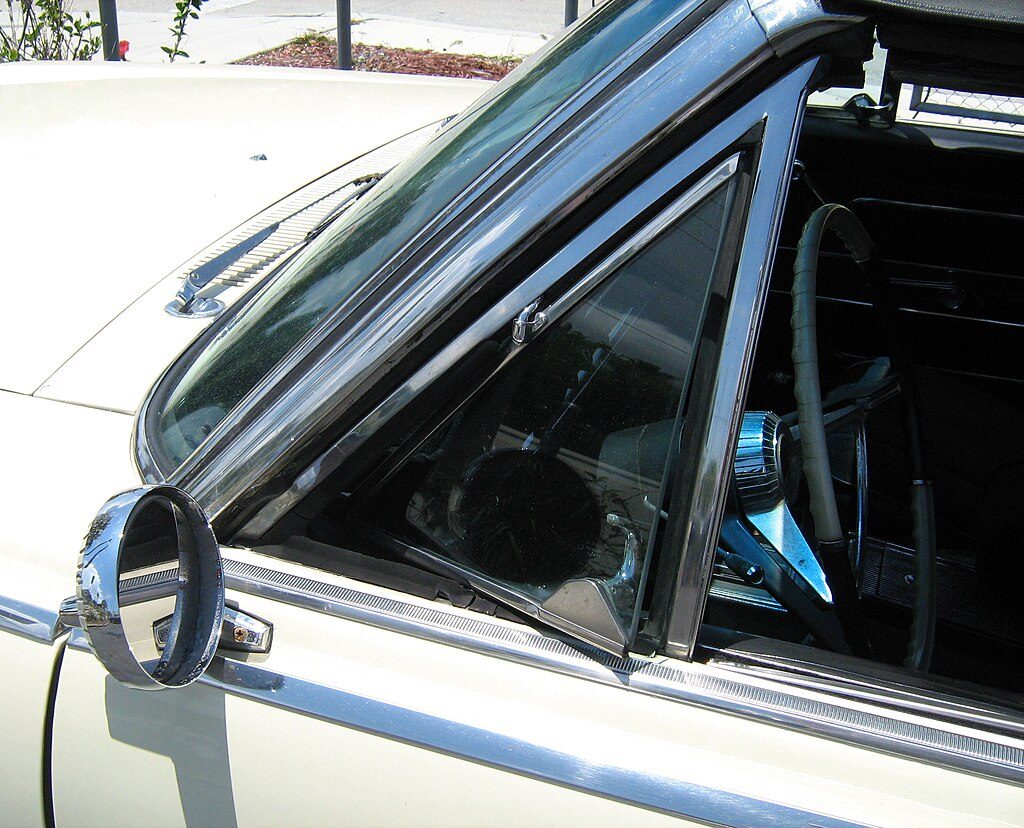
Before touchscreen climate zones became standard, cars featured brilliantly simple triangular windows that pivoted like miniature doors. These mechanical marvels solved the universal problem of airflow with the elegance of a perfectly designed app interface.
Their genius lay in simplicity—adjust the angle to direct precisely the right amount of fresh air exactly where you wanted it. They disappeared as air conditioning became standard, taking with them the pure joy of customized ventilation. Modern cars might have particle filters and multi-zone climate control, but they’ll never capture the tactile satisfaction of cranking open that little glass triangle on the first warm day of spring.
13. Ashtrays: When Cars Doubled As Mobile Smoking Lounges
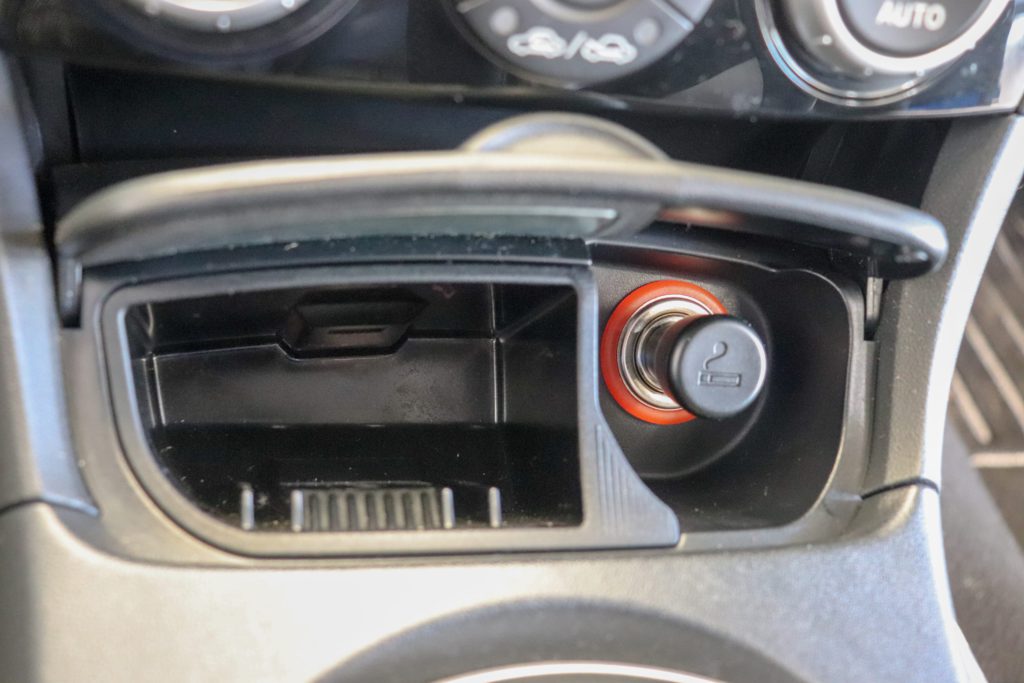
Cars once came equipped with more ashtrays than cup holders, a dashboard declaration that tobacco was essential to driving. These metallic receptacles appeared everywhere—dashboards, door panels, seat backs—creating an interior environment that resembled a 1960s airport lounge where lighting up was practically mandatory.
The ashtrays’ extinction unfolded rapidly. As society’s relationship with smoking changed, these once-essential features became automotive pariahs. Manufacturers removed them entirely, replacing them with storage cubbies and charging ports for our electronic addictions. Today’s vehicles prioritize your phone’s battery life over your smoking habit—a trade-off that perfectly captures our shift from lighting cigarettes to lighting up screens.
12. Car Record Players: The Original Driver Distraction
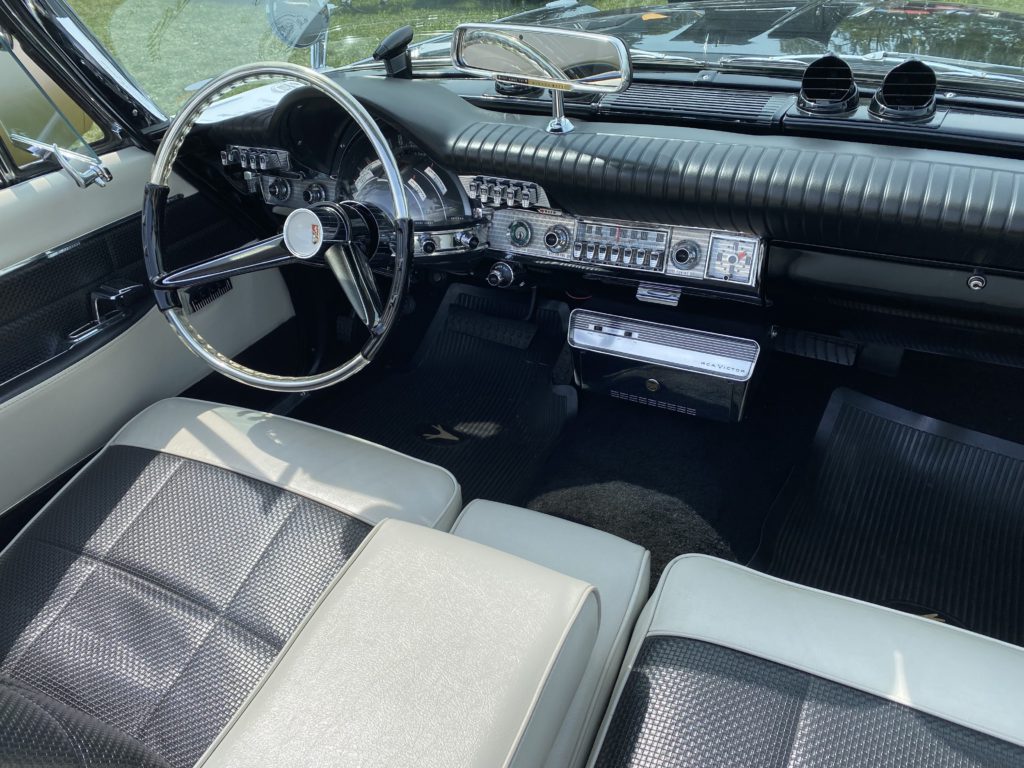
Imagine engineering a device requiring absolute stability, then installing it in something that bounces and vibrates constantly. That’s exactly what automotive engineers did with car record players—the most spectacularly mismatched technology pairing since waterproof towels. These dashboard-mounted turntables promised personal music choice decades before digital playlists.
Reality hit these mobile jukeboxes hard. Every bump transformed your favorite songs into scratch-and-skip remixes, while changing records while driving required the dexterity of a surgeon. The eight-track soon rendered them obsolete, beginning the evolutionary march toward today’s streaming services. Car record players stand as perfect monuments to ambition outpacing practicality.
11. Landau Bars: Fake It Till You Make It
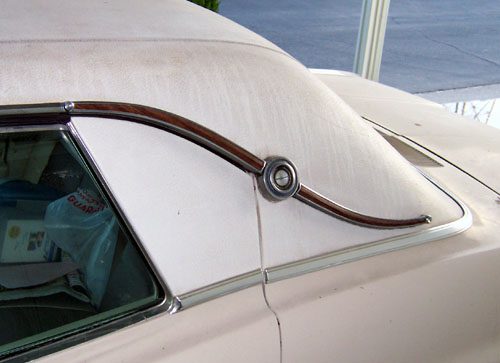
Landau bars clung to car roofs like unnecessary accessories, adding visual flair without practical value. These decorative S-shaped strips mimicked functional supports from horse-drawn carriages, brazenly imposing yesteryear’s engineering solutions onto modern vehicles.
Automotive designers slapped these chrome accessories onto hardtops to create faux-convertible vibes. The purely ornamental elements added weight, created potential rust spots, and answered questions nobody asked. Their gradual disappearance marked a rare victory for function over form. Modern vehicles prioritize aerodynamic efficiency, but there’s something charmingly honest about decorations that existed solely to look fancy.
10. Column Shifters: Changing Gears Without Changing Hands
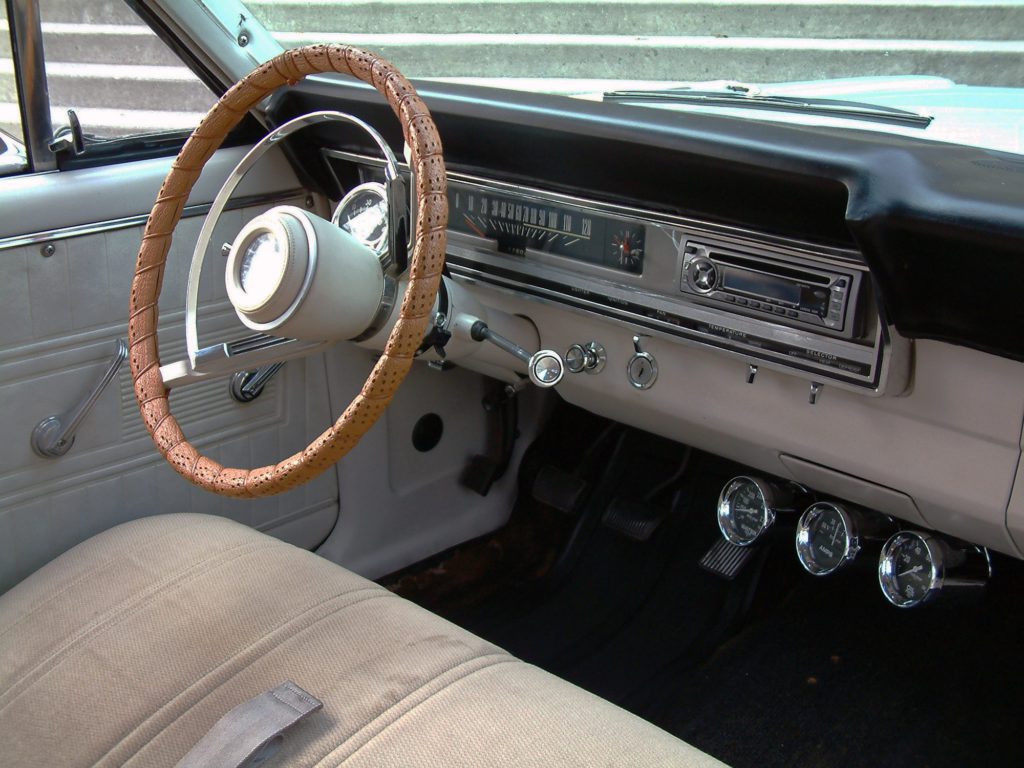
Column shifters brought transmission control to your fingertips with questionable precision. Mounted on the steering column like mechanical appendages, these space-saving shifters freed up valuable floor real estate when bench seats ruled the automotive interior landscape.
Despite their space efficiency, these shifters lacked accuracy. The long, complex linkage systems grew sloppier over time than unmade beds. As automotive priorities shifted toward performance in the 1960s, these column-mounted controls began their slow march toward extinction. Today’s electronic shifters might be more precise, but they’ll never match the satisfaction of slapping that column lever into drive with decisive confidence.
9. Luggage Racks: Roof-Top Real Estate

Before SUVs swallowed entire apartments’ worth of cargo space, cars sported external luggage racks that turned family road trips into strategic packing challenges. These roof-mounted metal frames provided essential overflow storage when interior space ran out during vacation season.
The fundamental flaw in their design became apparent at highway speeds. These metal contraptions transformed vehicles into wind-catching parachutes, creating drag that drank fuel excessively. Modern rooftop carriers with aerodynamic shells eventually replaced these open-air platforms, proving that sometimes progress actually involves improvement rather than just change. Today’s drivers might enjoy better fuel economy, but they’ll never know the unique anxiety of checking the rearview mirror to ensure Grandma’s suitcase remains attached.
8. Car Phones: The Original Status Symbol

Car phones served as the ultimate 1980s power move—massive communication devices that announced your importance like verified social media accounts today. These primitive mobile connections required equipment that occupied trunk space like an unwelcome guest, all to provide call quality that barely functioned.
The technology evolved rapidly. These clunky systems cost more than some entire vehicles while delivering minimal reliability. Portable cellular phones quickly rendered them obsolete, shrinking from briefcase-sized bricks to pocket-sized computers within a decade. Today’s seamless Bluetooth integration makes these early car phones look like technological cave drawings, but they paved the way for our current always-connected driving experience.
7. Hood Ornaments: Automotive Hood Jewelry

Hood ornaments stood proudly at attention like chrome-plated figurines, transforming front ends into showcases of brand identity. These metal sculptures served as automotive peacock feathers—elaborate displays of status that celebrated craftsmanship with complete disregard for aerodynamics.
Their inevitable downfall arrived swiftly. These protruding metal decorations posed significant pedestrian hazards and created unnecessary drag. Their removal from mainstream vehicles by the 1970s marked automotive design’s shift from ornate decoration toward functional minimalism. Today’s flush-mounted badges maintain brand identity while adhering to safety standards, proving that sometimes growing up means putting away flashy accessories.
6. Pop-Up Headlights: Now You See Me
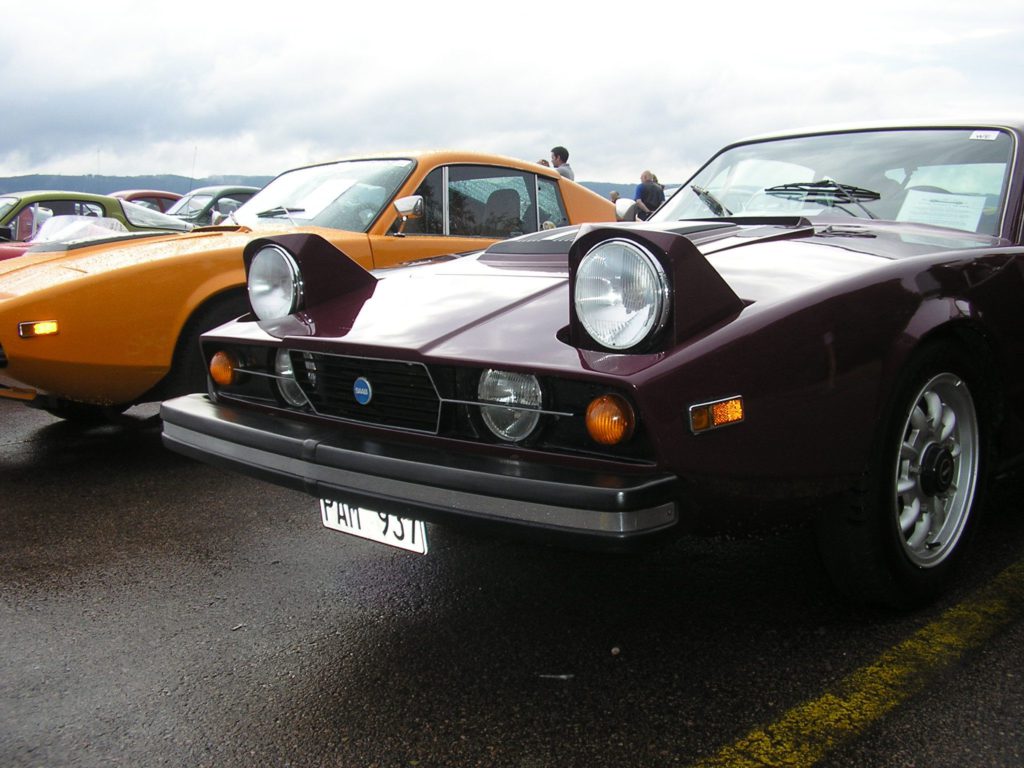
Pop-up headlights gifted sports cars with mechanical personality, transforming front ends from sleek sculptures into expressive faces at the flick of a switch. Models like the Mazda Miata and Corvette employed these theatrical lighting systems that hid under bodywork until called upon.
Their mechanical complexity proved problematic. The motors, vacuum systems, and linkages created a maintenance nightmare rivaling smartphone battery life. Stricter pedestrian safety regulations eventually delivered the final blow around 2004, forcing designers to integrate fixed lighting solutions. Modern cars might have adaptive LED arrays with incredible output, but they’ll never capture the mechanical drama of watching headlights rise from the hood like awakening robots.
5. Vents Under the Steering Wheel: The Original Targeted Cooling

Under-steering wheel vents directed airflow to drivers’ lower regions with surprising effectiveness. From the 1950s through the 1990s, these strategically placed vents provided essential relief from extreme temperatures, particularly for vehicles with heat-absorbing vinyl seats.
These simple but effective ventilation channels targeted the driver’s legs and feet, creating a comfort zone even in basic vehicles without comprehensive climate control. Modern HVAC systems distribute air more efficiently throughout the cabin using computer-controlled ducting, maintaining consistent temperature and humidity levels regardless of external conditions. This evolution demonstrates how automotive comfort has progressed from addressing basic survival needs to creating environments more precisely controlled than many homes.
4. Children’s Car Seats: From Afterthought To Engineering Priority
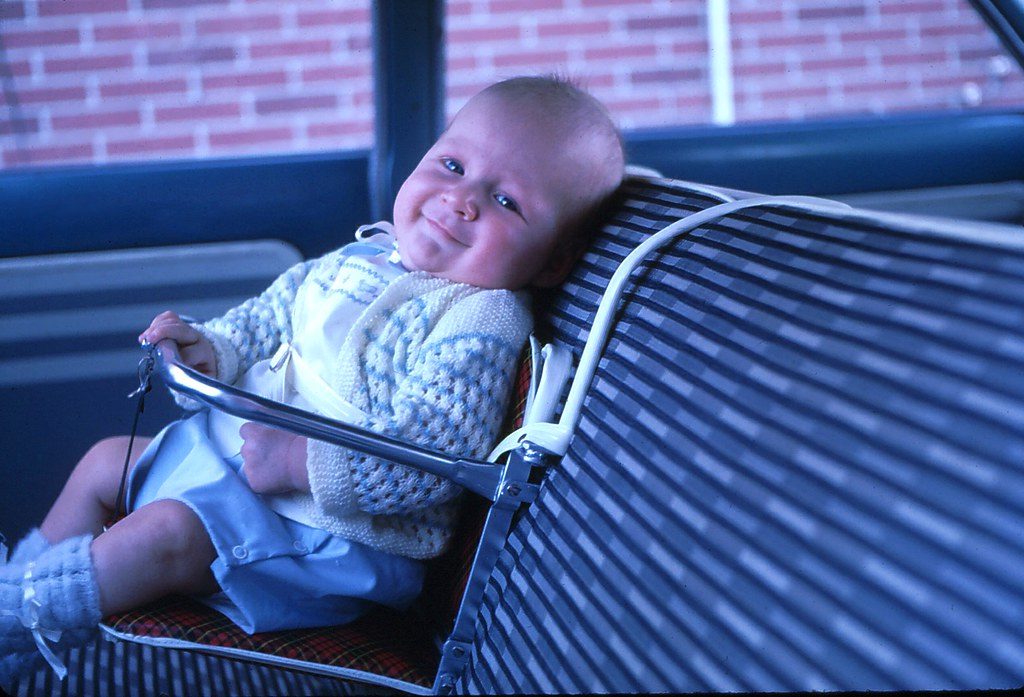
Child safety seats evolved from glorified highchairs to complex protection systems with remarkable speed. The early 1970s concept faced initial resistance from parents who grew up bouncing around station wagons like human pinballs without apparent harm.
As crash test research provided increasingly sobering data, attitudes shifted completely. Early designs featured basic metal frames with minimal padding, focusing primarily on keeping children contained rather than protected. Modern child seats represent engineering marvels with energy-absorbing materials, five-point harnesses, and side-impact protection. Their evolution from optional accessories to mandatory equipment reflects society’s shifting priorities about child safety in vehicles.
3. Corinthian Leather: Marketing’s Greatest Leather-Adjacent Hit

“Corinthian leather” transformed ordinary cow hide into exotic luxury with nothing more than creative naming. Chrysler introduced this masterfully branded upholstery in 1974 for their Cordoba model, creating a perception of Mediterranean exclusivity that existed entirely in the marketing department’s imagination.
The genius of this non-geographic leather designation lay in its meaninglessness. The material came from standard North American sources with processing no different from other automotive leathers. Eventually, more transparent marketing approaches and advances in synthetic materials rendered the branding obsolete. This phenomenon perfectly demonstrates how perception often drives automotive luxury more than substantive differences—which explains why people pay extra for premium badges on mechanically identical vehicles.
2. Tail Fins: Jet Age Styling Meets Road-Going Reality

Tail fins erupted from rear fenders like automotive dreams of flight, turning ordinary sedans into rolling rocket ships. Debuting on the 1948 Cadillac and reaching stratospheric proportions by 1959, these dramatic styling elements borrowed their visual language from aircraft design.
These flamboyant appendages prioritized style over function. They created aerodynamic drag, gathered snow and ice in winter, and served precisely zero functional purpose beyond screaming for attention. Their rapid disappearance by 1962 marked fashion’s inevitable cycle of excess followed by restraint. Modern vehicles prioritize actual aerodynamic efficiency over stylistic fantasy, but there’s something magnificently honest about design features that existed purely to capture the optimistic spirit of their era.
1. Push Button Transmissions: The Original User Interface Disaster
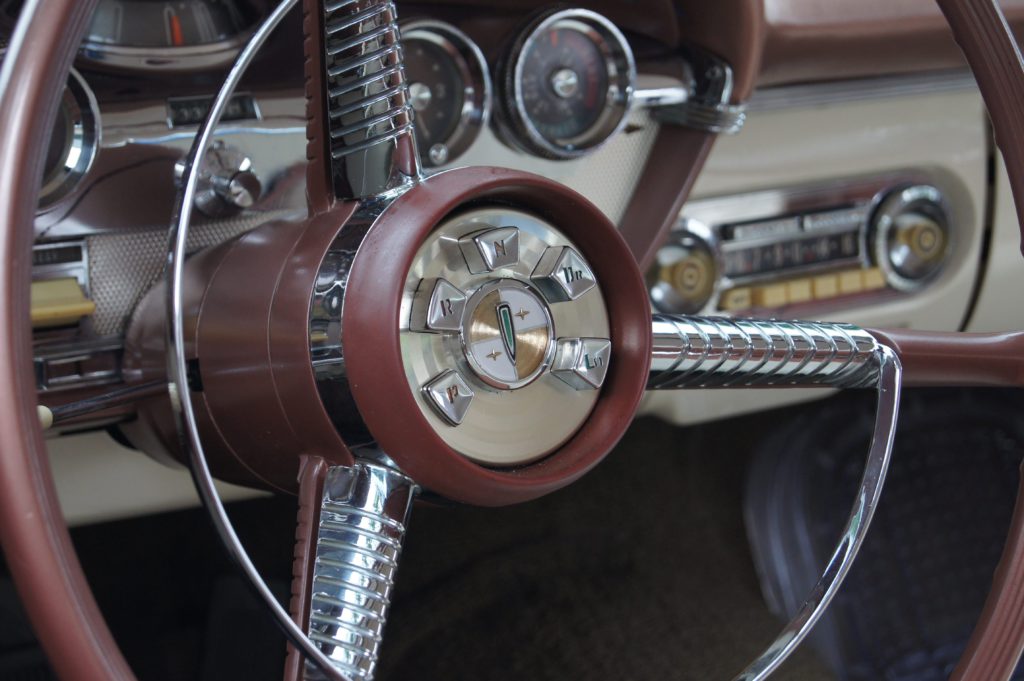
Push button transmissions replaced traditional gear shifters with dashboard-mounted buttons, creating an automotive interface experiment. Chrysler models proudly featured these futuristic control arrays that promised the simplicity of selecting gears with a single finger press.
The fundamental flaw became apparent immediately. Drivers frequently pressed incorrect buttons, creating moments of mechanical confusion ranging from embarrassing to terrifying. These systems suffered from electrical gremlins that made modern smartphone glitches seem minor. Within a decade, this experiment in automotive interface design disappeared completely. It’s just one of many car features that failed the test of time, proving that sometimes the most futuristic approach isn’t necessarily the most usable or reliable in real-world conditions.Today’s electronic shifters might employ similar technology, but they’ve learned important lessons about intuitive design, proving that sometimes the most futuristic approach isn’t necessarily the most usable.






